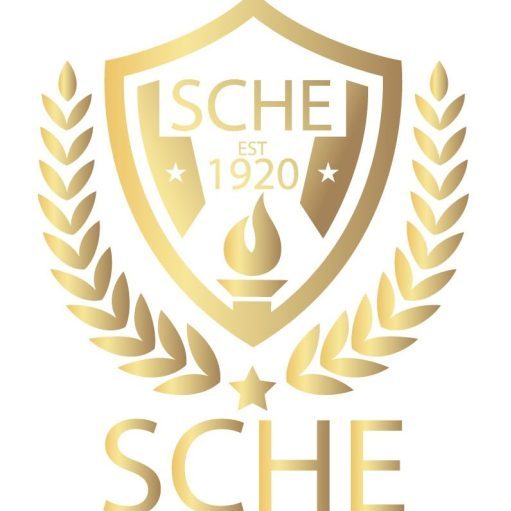BIOCHEMICAL, ENVIRONMENTAL ENGINEERING AND WATER TREATMENT
BIOCHEMICAL , ENVIRONMENTAL ENGINEERING AND WATER TREATMENT INDEX:- CONTENTS PAGE NO. 1- Environmental Considerations. 1-2 2- Municipal Water Treatment….
Chemical Industry Waste Water Treatment
* Water Pollution Research department, National Research Centre, Cairo, Egypt **Faculty of Engineering, Cairo University, Cairo, Egypt Abstract Treatment…
Control And Prevention Of Wastewater Pollution From Amerya P
ABSTRACT An oil refinery normally uses large quantities of water, for cooling and other process purpose. This water is…
Modeling of Hybrid Growth Wastewater Bio-reactor
Modeling of Hybrid Growth Wastewater Bio-reactor Abstract The attached/suspended growth mixed reactors are considered one of the recently tried approaches…
Pollution of lake Mariut
Pollution of lake Mariut Abstract Lake Mariut, south Alexandria, Egypt suffered in the recent decades from intensive pollution as a…
Suitability of using duckweed as feed and treated sewage as
Suitability of using duckweed as feed and treated sewage as ABSTRACT Use of treated effluent and duckweed biomass from…
Novel Autothermal Reforming Process for Pure Hydrogen Produc
Novel Autothermal Reforming Process for Pure Hydrogen Produc ABSTRACT Steam reforming of heptane for hydrogen production is investigated in a…
Oxidative Dehydrogenation of Methanol on Chromium Oxide-Mont
Oxidative Dehydrogenation of Methanol on Chromium Oxide-Mont ABSTRACT Methanol conversion was carried out on one of mesoporous materials, Chromia…
Reuse of Hydrotreating Spent Catalyst
Reuse of Hydrotreating Spent Catalyst ABSTRACT All hydro treating catalysts used in petroleum refining processes gradually lose activity through coking,…
A New Process for Co-Production of Ammonia & Methanol
A New Process for Co-Production of Ammonia & Methanol Abstract: A new process for co-production of ammonia and methanol is…
